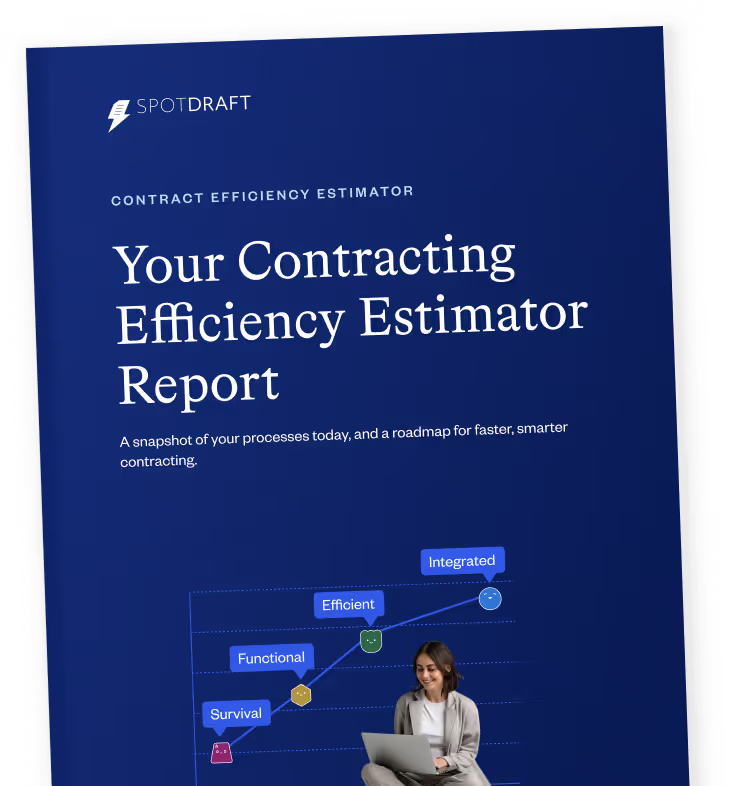Non-Disclosure Agreements (NDA) also called Confidentiality Agreements (CA) or Confidentiality Disclosure Agreements (CDA) mark the possibility of a prospective or active commercial relationship between two or more parties. NDAs are generally signed when a company intends to present any novel business idea, product, or technology to a potential partner, investor, distributor, buyer, or licensee; shares financial, marketing, confidential, proprietary, or other valuable information with a prospective buyer, employee, or service provider.
Download our NDA Negotiation PlayBook Template for Free here!
NDAs may be mutual or non-mutual. A mutual NDA is when both parties intend to share confidential information with each other and non-mutual when only one party intends to share confidential information.
Parties generally do not enter into the intended transactions or transactional agreement/s (Services Agreements; Software License Agreements; Distributorship Agreements; Development Agreements, Design Agreements, Product Agreements; ISDA Master Agreements, Due Diligence for Mergers and Acquisitions, or Joint Ventures; etc.) until they have signed an NDA. In this context, it is critical to understand the five most important things to look for in an NDA.
1. Definition of Confidential Information
While most NDAs use a laundry list to define confidential information, it is not a good practice. Such definition covers all related and non-related type of information creating ambiguity about what information is actually intended to be protected and is not relevant to what information is being actually shared between the parties.
Some NDAs require information to be specifically marked as confidential when it is being shared which enables the parties to determine what is exactly to be protected. This may, however, be burdensome for the discloser but helpful for the recipient as it does away with any ambiguity.
The best practice is to include the type of information that will be shared by the parties based on the nature of transaction and mark what is intended to be protected.
2. Disclosure Period and Confidentiality/Protection period
Disclosure period is the period during which disclosure of any information by the parties is agreed to be treated as confidential information. For e.g. One year from the execution date of the NDA.
Confidentiality/Protection period is the duration for which the confidential information needs to be protected by the parties. This duration could either start from the effective date, or date of disclosure, or from the disclosure period, or survive a fixed period after expiration or termination, etc. This obligation could also be perpetual based on the nature of transaction and confidential information.
3. Obligations on Expiration or Termination
NDAs generally specify the obligations of the recipient to return, destroy, or certify the destruction of the confidential information within specific duration post expiration or termination of an NDA.
4. Indemnity Clause in NDA
NDAs protect the discloser by providing the remedy of indemnification. The breaching party indemnifies the non-breaching party against any and all loss caused by such unauthorised disclosure of confidential information. The scope of indemnity is specified in the NDA. This does not preclude the parties from claiming other judicial or equitable remedies.
5. Exceptions/Exclusions to Confidential Information Non-Disclosure Obligation
The obligation of non-disclosure does not apply in certain situations like when the Information is already known to the general public, receiving party was already aware of the information before disclosure, receiving party developed the information independently, etc. provided such information was not disseminated, obtained or developed illegally.
SpotDraft enables abstraction, review and deviation analysis, and answers questions on LOIs and other transactional agreements in a few seconds per contract using Artificial Intelligence. You can explore our features at SpotDraft.com


.avif)







